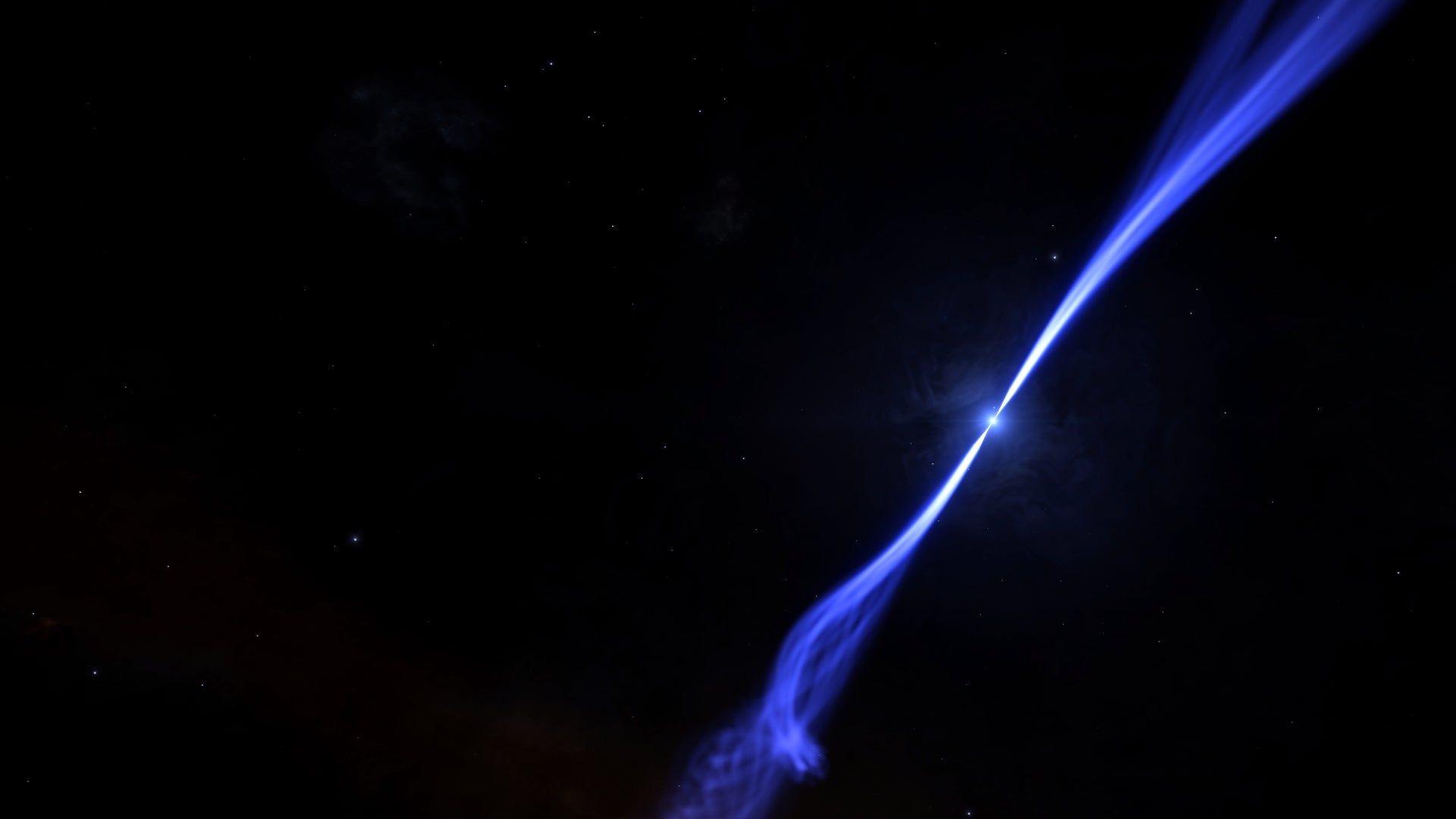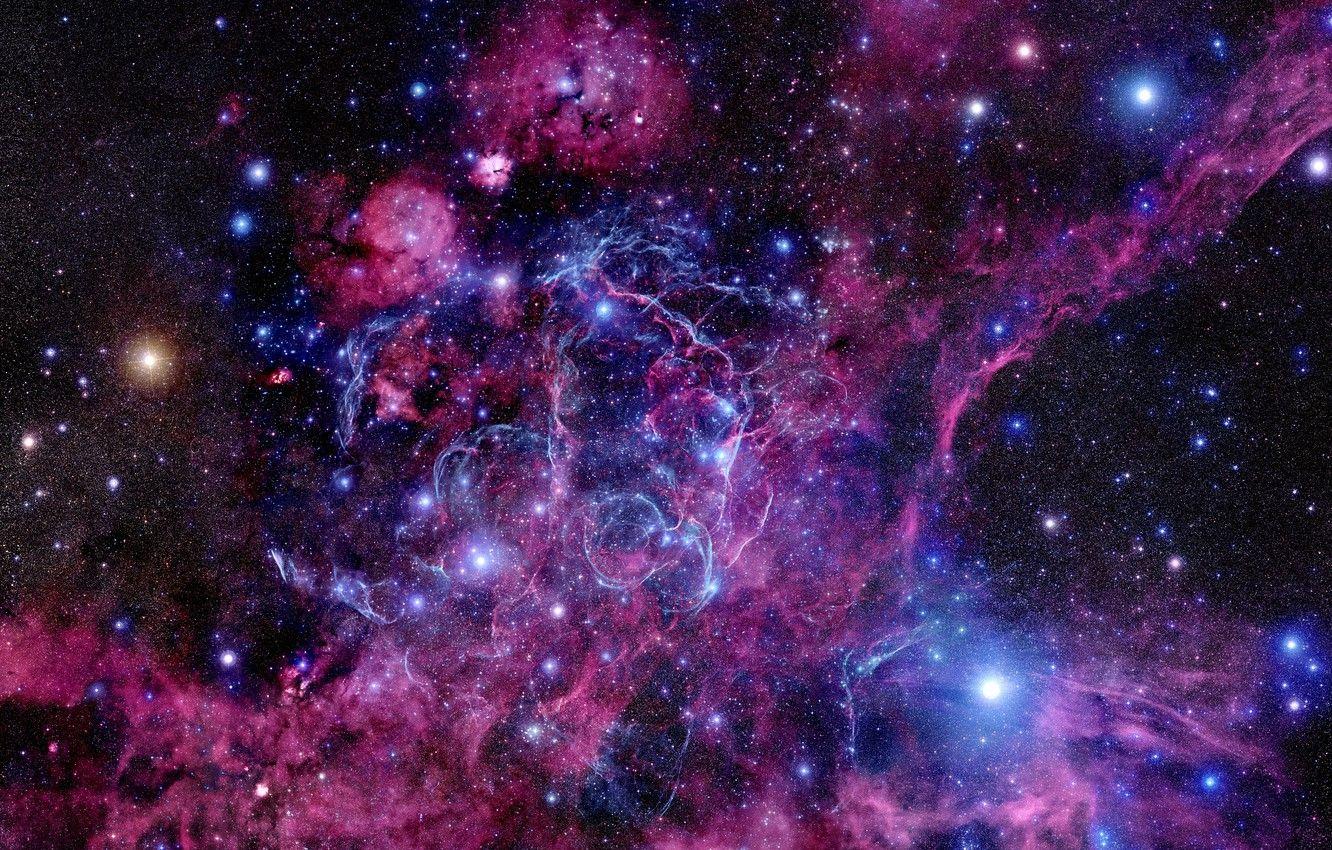


The radiation from pulsars is thought to be primarily emitted from regions near their magnetic poles. Indeed, the discovery of pulsars by Jocelyn Bell Burnell and Antony Hewish in 1967 was the first observational suggestion that neutron stars exist. Some neutron stars emit beams of electromagnetic radiation that make them detectable as pulsars. The gravitational field at the neutron star's surface is about 2 ×10 11 (200 billion) times that of Earth's gravitational field.Īs the star's core collapses, its rotation rate increases as a result of conservation of angular momentum, and newly formed neutron stars hence rotate at up to several hundred times per second. Their magnetic fields are between 10 8 and 10 15 (100 million and 1 quadrillion) times stronger than Earth's magnetic field. Neutron star material is remarkably dense: a normal-sized matchbox containing neutron-star material would have a weight of approximately 3 billion tonnes, the same weight as a 0.5 cubic kilometre chunk of the Earth (a cube with edges of about 800 metres) from Earth's surface. Neutron stars that can be observed are very hot and typically have a surface temperature of around 600 000 K. The most massive neutron star detected so far, PSR J0952–0607, is estimated to be 2.35 ☐.17 solar masses. If the remnant star has a mass exceeding the Tolman–Oppenheimer–Volkoff limit of around 2 solar masses, the combination of degeneracy pressure and nuclear forces is insufficient to support the neutron star and it continues collapsing to form a black hole. However, neutron degeneracy pressure is not by itself sufficient to hold up an object beyond 0.7 M ☉ and repulsive nuclear forces play a larger role in supporting more massive neutron stars. Neutron stars are partially supported against further collapse by neutron degeneracy pressure, a phenomenon described by the Pauli exclusion principle, just as white dwarfs are supported against collapse by electron degeneracy pressure. Most of the basic models for these objects imply that neutron stars are composed almost entirely of neutrons (subatomic particles with no net electrical charge and with slightly larger mass than protons) the electrons and protons present in normal matter combine to produce neutrons at the conditions in a neutron star. Once formed, they no longer actively generate heat, and cool over time however, they may still evolve further through collision or accretion. They result from the supernova explosion of a massive star, combined with gravitational collapse, that compresses the core past white dwarf star density to that of atomic nuclei. Neutron stars have a radius on the order of 10 kilometres (6 mi) and a mass of about 1.4 solar masses.

white holes, quark stars, and strange stars), neutron stars are the smallest and densest currently known class of stellar objects. Except for black holes and some hypothetical objects (e.g. Radiation from the rapidly spinning pulsar PSR B1509-58 makes nearby gas emit X-rays (gold) and illuminates the rest of the nebula, here seen in infrared (blue and red).Ī neutron star is the collapsed core of a massive supergiant star, which had a total mass of between 10 and 25 solar masses, possibly more if the star was especially metal-rich.


 0 kommentar(er)
0 kommentar(er)
